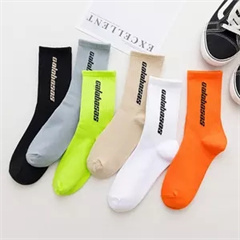Sandals are indeed a timeless classic in the world of footwear, with a rich history that spans thousands of years. Here’s a brief overview of the history of sandals:
- Ancient Origins: Sandals are among the earliest types of footwear known to humanity. The earliest evidence of sandals dates back to ancient Egypt around 3500 BC. These early sandals were simple and consisted of a sole made from papyrus or palm leaves.
- Ancient Egypt: In ancient Egypt, sandals were a common form of footwear for both everyday use and ceremonial purposes. They were typically made from various materials, including leather, reeds, and woven palm leaves. Some sandals even had intricate designs and were worn by royalty and the upper class.
- Ancient Greece: Ancient Greeks also embraced sandals, which were known as “sandalia.” Greek sandals were often made from leather or simple strips of leather, with variations for men and women. Some Greek sandals featured distinctive lacing patterns and were considered a symbol of freedom and citizenship.
- Roman Influence: The Romans were influenced by Greek sandal designs but made them more practical for their military and everyday needs. Roman sandals, known as “caligae” for soldiers and “soleae” for civilians, were often made from leather with straps that wrapped around the foot and calf. These sandals evolved over time and were worn throughout the Roman Empire.
- Middle Ages: During the Middle Ages in Europe, sandals fell out of favor as closed-toe shoes became more popular. Sandals were still used in warmer regions and by specific groups, but they weren’t as common as in ancient times.
- Reemergence: Sandals saw a resurgence in popularity during the 20th century, especially during the hippie movement of the 1960s. Simple, comfortable sandals became a symbol of counterculture and casual style.
- Modern Sandals: Today, sandals come in countless styles, from flip-flops and slides to strappy sandals and sport-specific designs. They are worn for various occasions, from casual outings to formal events, depending on the style and material.
- Technological Advances: Modern sandals often incorporate advanced materials and technologies for enhanced comfort and performance. For example, sport sandals are designed for outdoor activities and water sports, with features like adjustable straps, cushioned footbeds, and durable outsoles.
- Fashion and Trends: Sandals continue to be a fashion staple, with designers creating innovative and stylish designs. High-end fashion brands, as well as eco-conscious brands, have embraced the timeless appeal of sandals and produce a wide range of options for consumers.
In conclusion, sandals have a storied history that spans civilizations and eras. They have evolved from simple, functional footwear to versatile fashion statements while maintaining their status as comfortable and breathable footwear, making them a timeless classic that remains popular today.



















